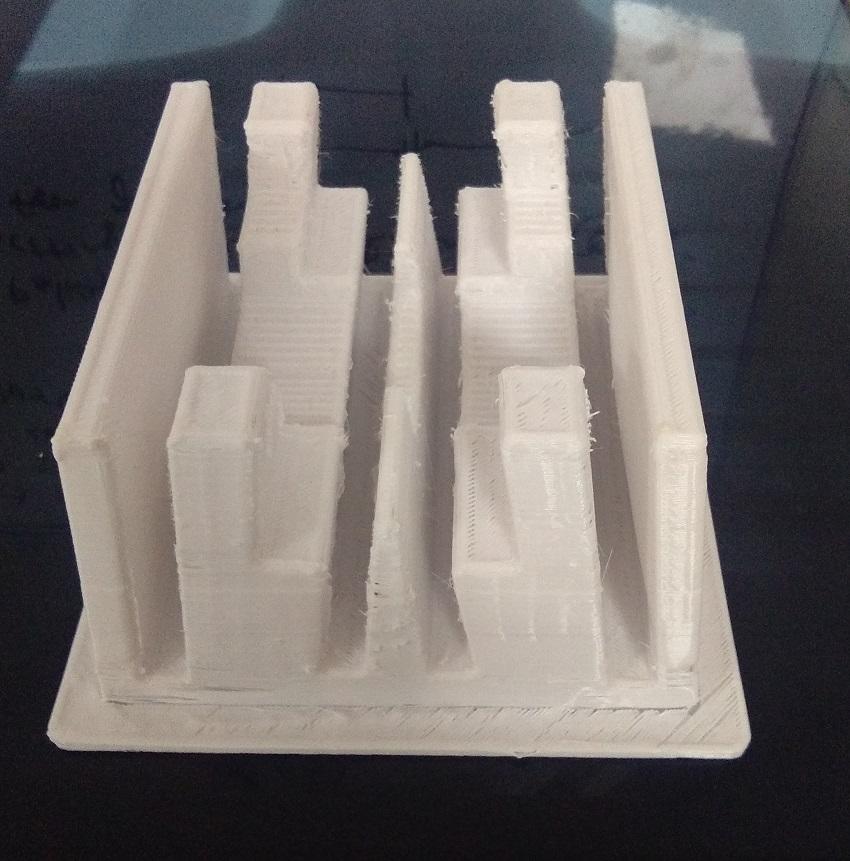An NCI Affordable Cancer Technologies Project Selected as one of Physics World’s Top Ten Breakthroughs of 2018
, by Paul Pearlman
Eric Ford from the University of Washington and his team have recently been recognized by Physics World for his NCI-funded work to bring intensity-modulated radiotherapy (IMRT) to low- and middle-income settings.
The striking disparities in global cancer outcomes between high- and low-resource settings are due, in a large part, to the inability of patients in low- and middle-income countries to access treatments that are considered standard-of-care in other parts of the world. One of the most common and cost-effective treatments for cancer is radiation therapy (more specifically, IMRT), and yet it remains out-of-reach for most would-be patients because the technology is too complex and costly. The goal of Dr. Ford’s Affordable Cancer Technologies project is to develop and validate a simple, sustainable system for delivering radiation therapy that rivals the quality of those used in industrialized countries but at a small fraction of the overall cost.
To that end, the team led by Dr. Ford has developed a ring compensator system as a cost-effective replacement for the standard multileaf collimeters typically used to shape the photon beam, sparing healthy tissue, in IMRT. This device, developed in partnership with Panacea Medical Technologies of Bangalore India, can be coupled with either a linac and cobalt radiotherapy unit to introduce IMRT.
The team is testing the performance and efficiency of their system in clinical operation at their partner site cancer clinic All India Institute of Medical Sciences in New Delhi, India.
